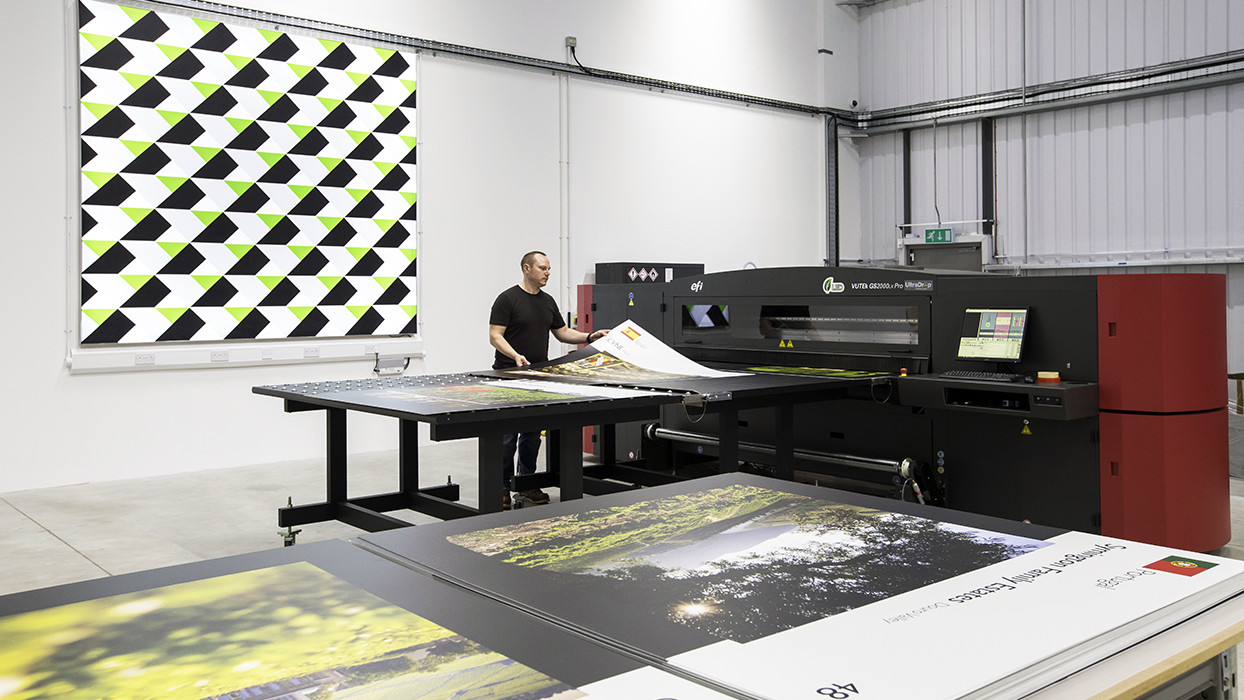In today’s world, where environmental concerns are at the forefront, the concept of sustainability in print design is gaining significant attention. Businesses, designers, and consumers are increasingly seeking ways to reduce their environmental impact without sacrificing quality and creativity. Understanding the principles of sustainability in print design is crucial for creating a more eco-friendly future.
The journey towards sustainability in print design involves rethinking traditional practices and adopting innovative solutions. By focusing on environmentally friendly materials, efficient production methods, and responsible waste management, we can significantly reduce the carbon footprint of printed materials. This not only benefits the planet but also aligns with the growing demand for sustainable products.

Understanding Sustainable Materials
Recycled Paper
One of the key components of sustainability in print design is the use of recycled paper. Recycled paper is made from post-consumer waste and requires less energy and water in its production compared to virgin paper. To learn more about the best recycled papers, visit recycled papers.
Eco-Friendly Inks
Traditional printing inks contain volatile organic compounds (VOCs) that can harm the environment. Eco-friendly inks, such as soy-based or water-based inks, are a sustainable alternative. These inks are biodegradable and have a lower environmental impact.
Biodegradable Materials
Utilizing biodegradable materials for packaging and printing is an essential aspect of sustainability in print design. These materials break down naturally, reducing waste and pollution.
Efficient Production Techniques
Digital Printing
Digital printing is a more sustainable option compared to traditional offset printing. It reduces waste by only printing the exact number of copies needed, minimizing excess production. Additionally, digital printing uses less ink and chemicals.
Print-On-Demand
Print-on-demand is a strategy that aligns with sustainability in print design. By producing items only when there is demand, it reduces overproduction and waste. This method is particularly beneficial for reducing inventory and storage needs.
Responsible Waste Management
Recycling Programs
Implementing recycling programs is vital for managing waste in print design. Encouraging clients and businesses to recycle printed materials can significantly reduce landfill contributions.
Composting
For biodegradable materials, composting is an effective way to manage waste. By composting printed materials, we can enrich soil and reduce the environmental impact of waste disposal.
Certifications and Standards
Obtaining certifications for sustainable practices is a testament to a company’s commitment to sustainability in print design. Certifications such as FSC (Forest Stewardship Council) and Green Seal ensure that materials and processes meet high environmental standards. Explore various green printing certifications at green certifications.
Innovative Design Approaches
Minimalist Design
Minimalist design focuses on simplicity and efficiency. By reducing the amount of ink and materials used, minimalist design contributes to sustainability in print design while maintaining aesthetic appeal.
Interactive Print
Interactive print solutions, such as augmented reality (AR), enhance engagement without increasing material use. This innovative approach is part of the future of sustainability in print design.
Consumer Awareness and Education
Educating consumers about the importance of sustainability in print design is crucial for driving demand for eco-friendly products. By highlighting the benefits and sharing success stories, businesses can encourage more sustainable choices.
Conclusion
Embracing sustainability in print design is not just a trend; it’s a responsibility. By adopting eco-friendly materials, efficient production techniques, and responsible waste management, we can create a greener future for the printing industry. Businesses and consumers alike play a vital role in this transformation, and together, we can make a significant impact. For more insights on reducing paper waste, visit this external source.

FAQs
What is sustainable print design?
Sustainable print design focuses on reducing environmental impact through the use of eco-friendly materials, efficient production methods, and responsible waste management.
Why is recycled paper important?
Recycled paper reduces the demand for virgin materials, conserves energy and water, and reduces landfill waste, making it a key component of sustainable print design.
How can businesses implement sustainable printing practices?
Businesses can implement sustainable printing practices by choosing eco-friendly materials, adopting digital printing, and educating consumers about the benefits of sustainability.
This article contains affiliate links. We may earn a commission at no extra cost to you.







